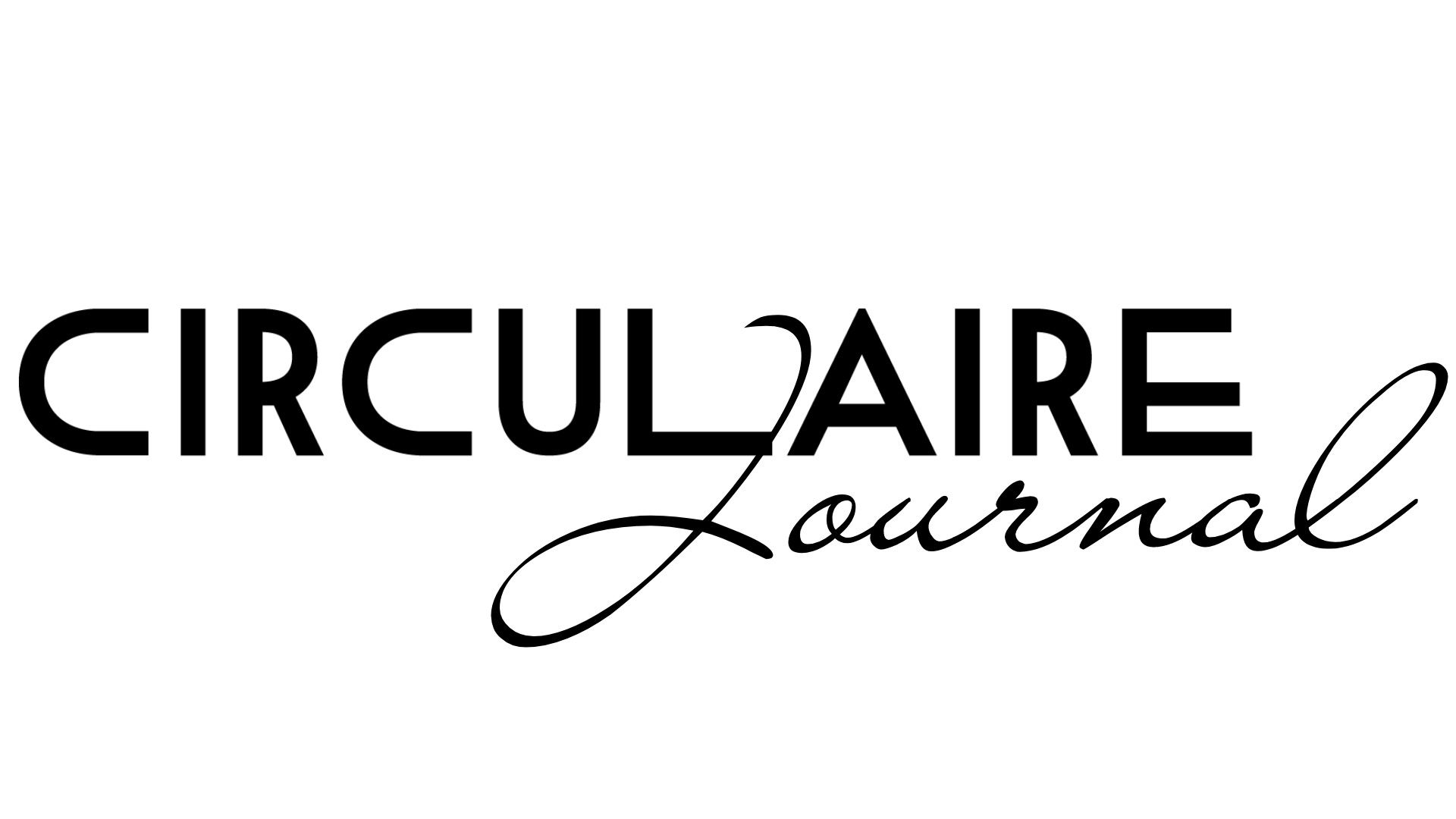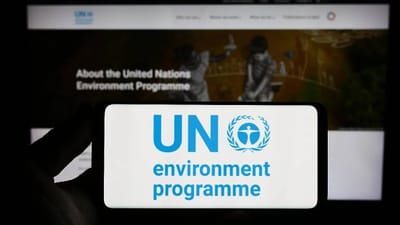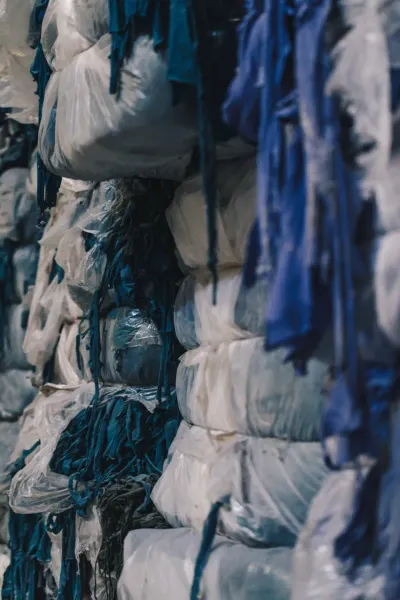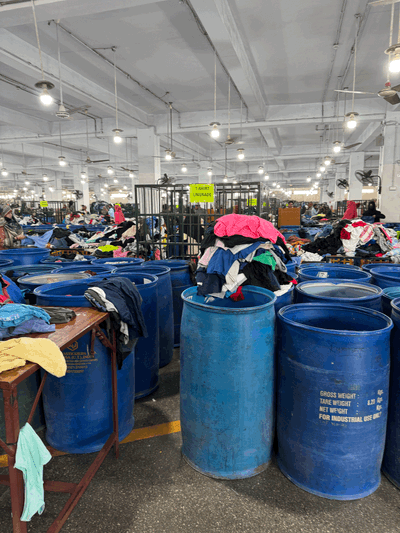In the evolving world of sustainability, textile reuse and recycling has taken on new urgency. At the helm of one of the most influential organisations in the sector is Brian London, President of the SMART Association, which has spent over 80 years promoting best practices across the global textile reuse industry. For London, this is more than a job—it’s a legacy.
“You could say I was born into this industry—quite literally,” he reflects. “My grandparents met at a SMART convention in the 1940s, and I’m proud to be the fifth generation in my family to work in textile reuse and recycling.” Despite earning his medical licence, London left a career in medicine to return to the family business, driven by a deep commitment to sustainability and community. “The ‘romance of rags’ was calling me back,” he says.
That return marked not only a personal journey but a continuation of a family history with SMART. Both his uncle and great uncle previously served as Presidents. Today, he leads the association with a blend of inherited insight and fresh perspective, guiding its role in shaping a more circular global economy.
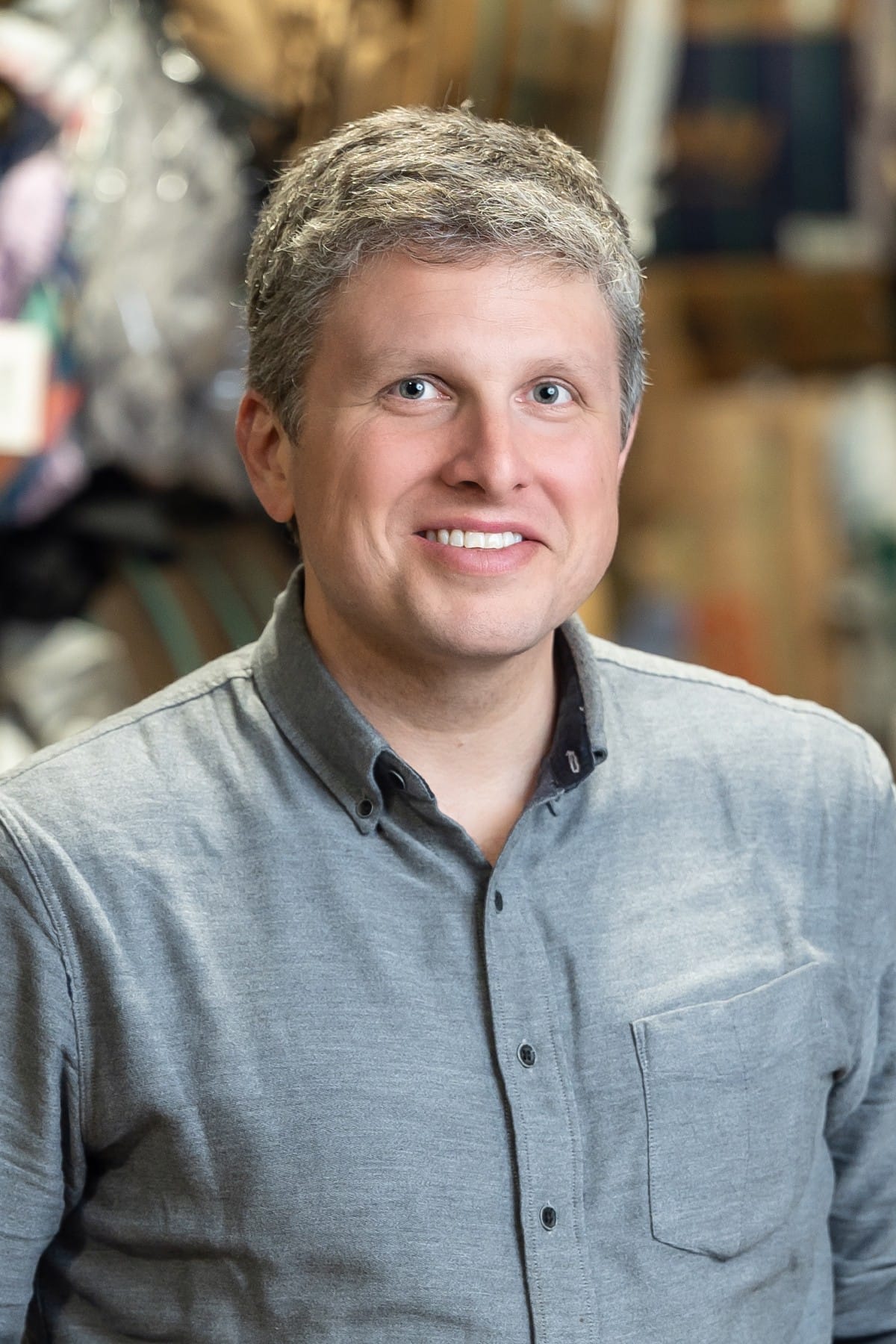
"Far from being waste, used clothing is a resource. The global reuse and recycling industry isn’t just a waste solution: it's an economic engine and a platform for innovation."
SMART’s longevity, according to London, comes down to its adaptability and member-driven approach. “SMART has always been a nimble organisation—ready to respond to the challenges of the moment while keeping an eye on the future.” He points out that long before sustainability became a buzzword, SMART was championing it. “As we like to say, ‘SMART was green before Green was smart.’”
One of the most promising developments in the sector is the move toward evidence-based, globally integrated systems. London sees the industry increasingly engaging with policymakers, UN agencies, and international organisations. “SMART is helping bridge the gap between informal reuse markets and formal policy-making,” he explains, noting conversations with Goodwill International and end-market organisations in Africa.
Legislatively, SMART has secured some significant wins. London points to the reversal of a proposed East African ban on used clothing imports as a major victory. “It could have devastated not only our industry but also the charitable and economic ecosystems that depend on it.” Now, SMART is active in shaping Extended Producer Responsibility (EPR) policies across multiple U.S. states. “Thanks to our proactive approach, we now have a seat at the table in many of these policy conversations.”
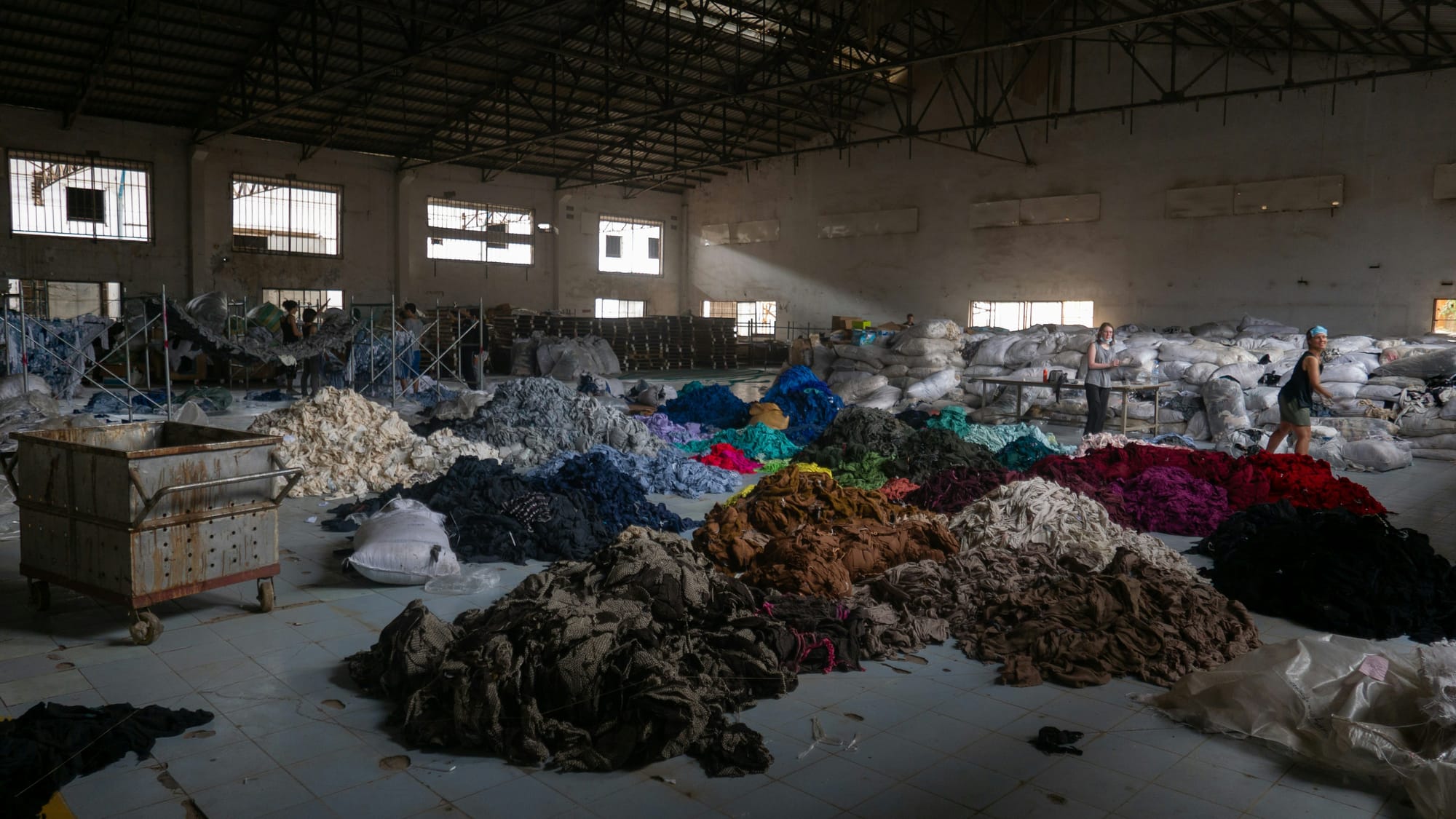
Central to SMART’s mission is the concept of circularity in textiles—designing garments to last, reusing them through secondhand markets, repurposing them as wiping cloths, and eventually recycling them. “While our industry has worked for decades to solidify the first steps in this chain... we haven’t reached full circularity,” he says. Nonetheless, SMART members are preparing to support fibre-to-fibre recycling as it matures.
Yet, scaling up globally comes with challenges. “The supply goes through a complicated global path, through formal and informal markets,” London explains. Achieving consistency and collaboration across charities, sorters, regulators, and manufacturers is essential, especially in how countries define “waste” versus “reusable goods.”
Despite these complexities, SMART members play a vital on-the-ground role in textile diversion. They manage donation bins, conduct curbside pilots, and work directly with municipalities to ensure textiles are used to their highest value. London notes, “Our Code of Conduct for Collection Bins is one way we ensure public trust and transparency.”
Recent international collaborations, including SMART’s annual convention in Dubai, are helping to expand global influence. “We were honoured to feature European leaders like Alan Wheeler, Philippe Doliger, and Karla Magruder,” he says. These connections help exchange ideas on issues like EPR, which European counterparts often lead on.

To navigate global complexities, SMART provides its members with policy updates, compliance tools, and a strong peer network. A recent webinar on California’s new EPR bill is one example of how SMART keeps members ahead of the curve. “We advocate for the industry at the highest levels,” London adds.
But the general public also plays a crucial role in the circular textile economy. “Consumers are the key piece here,” says London. “Choosing quality over quantity, buying secondhand, repairing, or properly donating can keep textiles in use far longer.” He encourages people to “donate responsibly” and to understand how one donated item can have multiple lives, even across continents.
While much attention is focused on future technologies like chemical recycling, London stresses that the existing reverse supply chain—driven by reuse, repurposing, and mechanical recycling—is already diverting billions of pounds of textiles annually. Innovations such as AI-powered sorting and traceability tools are emerging within that space.
Quality control remains fundamental. Through careful sorting and grading, SMART members match each textile to its most appropriate next use. “We’re helping define what ‘quality’ means in a reuse context,” he says, highlighting SMART’s development of a “Grader Code of Conduct” through its Used Clothing chapter.

SMART also encourages a life-cycle approach to textiles. “Reuse and recycling need to be baked into the system from the start,” London notes. The association works with designers, brands, and regulators to ensure that materials are easier to recycle and longer lasting from the outset.
Market pressure for sustainability is high, but London says SMART members are responding through innovation. “Whether it’s expanding into resale, launching upcycled lines, or investing in new recycling tech, members are adapting fast,” he says. In many cases, reuse remains more cost-effective than producing virgin materials. In developing regions, the reuse economy is particularly impactful. “The import and resale of secondhand clothing supports tens of thousands of jobs,” London explains. It’s a supply chain that supports entrepreneurship, not dependency.
There are still misconceptions to overcome. “One major misconception... is the idea that America and other developed countries ‘dump’ their waste in developing countries,” London says. However, studies show that over 95% of imported secondhand clothing is reused or repurposed. “We support rigorous studies, data transparency, and storytelling from end markets to show the value of reuse.”
SMART’s industry events bring this all together, uniting stakeholders across the supply chain. “By spotlighting end-market voices and bridging the gap between reuse and recycling sectors, our events help push the industry forward,” he says. The next convention, set for Phoenix this September, is expected to be the largest in years.

The COVID-19 pandemic posed major challenges to the industry, but it also brought lessons. “Many of our members had to pivot quickly... The long-term impact was a greater focus on traceability, diversification, and also automation,” London says. It also proved the durability of reused textiles in times of global disruption.
Looking ahead, data will be key. London sees a future shaped by objective, evidence-based policy and innovative sorting technologies. “SMART’s role will be to ensure reuse doesn’t get overlooked in this evolution,” he says. “Reuse is the most efficient and sustainable first step—and it should always be prioritised in the waste hierarchy.”
Ultimately, the message London and SMART want to convey is simple but powerful. “Used clothing is a force for good,” he says. “Far from being waste, used clothing is a resource. The global reuse and recycling industry isn’t just a waste solution—it’s an economic engine and a platform for innovation.”
